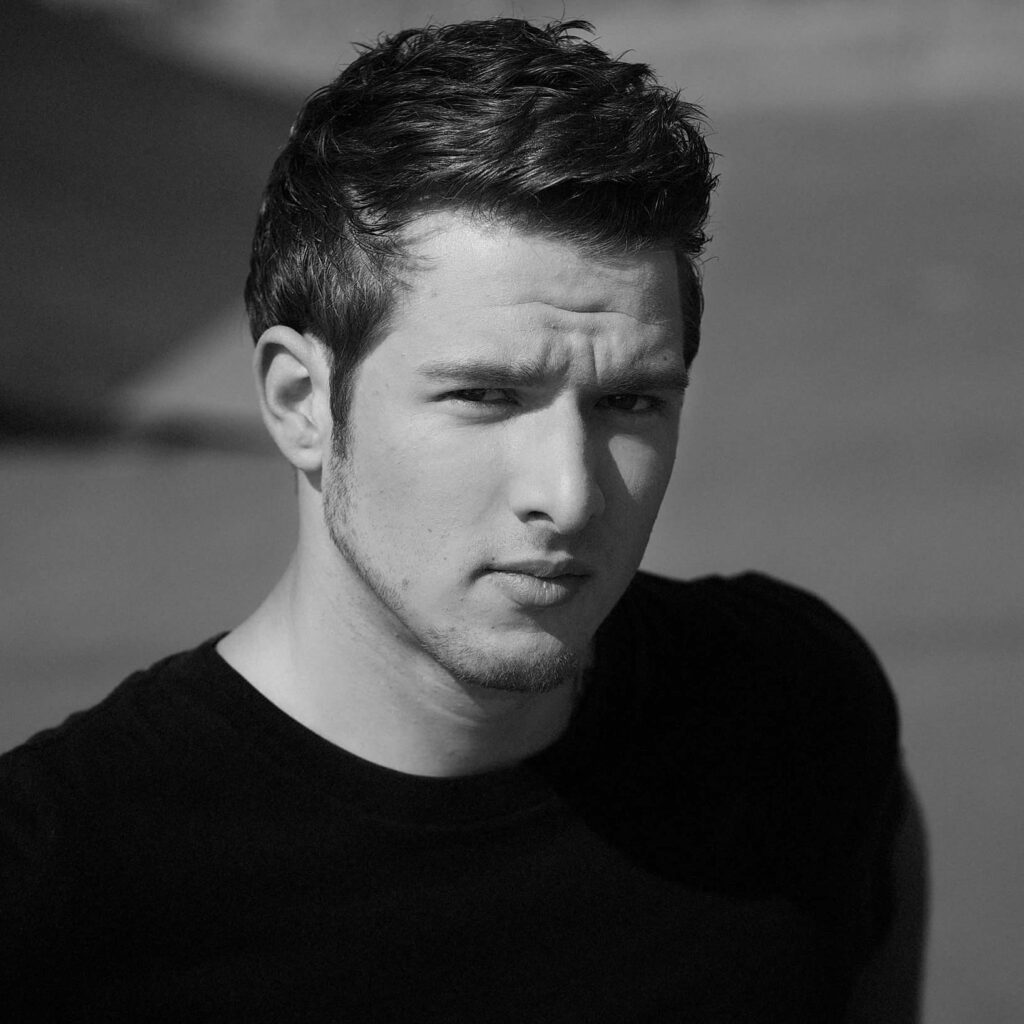Nazenik Saroyan and Milena Ayvazyan “I had to sell my car to buy this wheelchair,” says Viktor Topol, who found himself in a wheelchair 20 years ago due to a medical mistake, but did not break down and became a world champion, becoming an example of inspiration to those around him. Viktor TopolVictor explains that […]
PEOPLE WITH DISABILITIES AND SIMILAR PROBLEMS ACROSS AN OCEAN
Nazenik Saroyan and Milena Ayvazyan

“I had to sell my car to buy this wheelchair,” says Viktor Topol, who found himself in a wheelchair 20 years ago due to a medical mistake, but did not break down and became a world champion, becoming an example of inspiration to those around him.
Viktor TopolVictor explains that state-subsidized wheelchairs are more uncomfortable, heavy, and their size limits mobility and reduces functionality.
According to the study of Academic Network of European Disability experts (ANED) of European Commission established in 2008, electric wheelchairs are compensated to 90 % of the price once every 8 years. The cost limit for electric wheelchairs is not specified in legislation of Lithuania, however. A person with disability can also obtain compensation for expenses once per five years (max. EUR 1 261) to acquire a self-propelled wheelchair.

People often have the wrong idea that prostheses or wheelchairs are a one-time investment, one can pay once and use them for the rest of their life. It requires a constant investment, even if a lot of money has been spent on the purchase of equipment. Devices wear out, malfunction, and need repair.
Viktor is Lithuanian and lives in Vilnius, 3200 km away from Yerevan, the capital of Armenia, where people with disabilities also have to raise their own funds to buy wheelchairs or normal quality prostheses. The reason is not that the state does not provide, but that what the state provides is one of the cheapest options available on the market and does not shine at all in quality.

Artyom Arakelyan, an Armenian, with first-group disability, who has been carrying prosthetic hands for more than 17 years, says that Armenia has a state-ordered “Myotea” , a single-action prosthesis that is not multi-mobile. The main purpose of the model is to raise the thumb to the forefinger, which is in the static and closed position, and when the middle finger activates the touch sensors, the fingers move away from each other/come together, performing a “catch-let go” function.
With his own money and with the consultancy of some NGOs he purchased a more advanced and modern model, it is lighter, made of better quality raw materials, also with a mobile app he can set different settings, such as the intensity of the pulse from the muscles to the sensor and more. He notes that as a result of the war in Nagorno-Karabakh in 2020, the number of people with disabilities among young people has increased*, accordingly, the topic of prosthetic arms and wheelchairs has become relevant in Armenia, many individual donors or non-governmental organizations began to activate a topic that has existed throughout the history of Armenia.
*According to official statistics, more than 100 males have disabilities of just the first degree as a result of their 2020 wartime injuries.
How is the state handling the situation?
“The prosthetic upper limbs (hands) available and provided under the state order in Armenia are extremely limited in their functional capabilities, the movements allow me to perform only a few actions, which constitute a small part of my daily activities. life, and as a result I personally continue to depend heavily on the help of people for such basic activities as getting undressed/dressing, eating, using public transportation, making phone calls, shopping, etc”
, – says Artyom.
How does this process work?
Within the framework of the certificate supported by the Medico-Social Expertise under the RA Ministry of Labour and Social Affairs, the maximum limit of funding for one myo prosthesis (portable arm prosthesis) is AMD 1,975,000. This amount is transferred to a prosthetics centre “chosen” by the beneficiary, where the prosthesis is made from raw materials ordered abroad.

Take the chosen word in quotes, because there is no choice as such, every centre gives the same prosthesis at that price.
And now about what is order from abroad
There is only one centre on the foreign market that provides prostheses at this price – the Russian scientific and production centre “Galatea“.

Forearm prosthesis with an electronic control system “Miotea” produces by “Galatea”.
Only once every 4 years can one apply for new prostheses. Naturally, prostheses are out of function much earlier.Geography and nationality do not determine the problems faced by people with disabilities. It’s just that some countries have better strategies for treating and engaging people with disabilities, while others have worse ones.
There are numerous ways to examine the strategies used by states: commencing with domestic production of specialized equipment, updating or raising the equipment funding ceiling, and funding maintenance services

This article is part of the International Journalism Lab initiated by Media4Change. The laboratory is part of the project “Digital MIL Lab in Youth Work”. The project is financed under the Erasmus+ program of the European Union.
The authors of the project articles do not coordinate the topics and content of the articles with the sponsors of the project.


